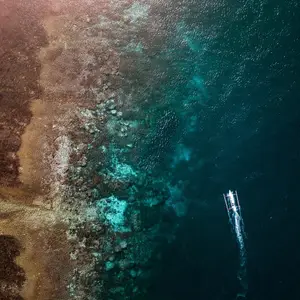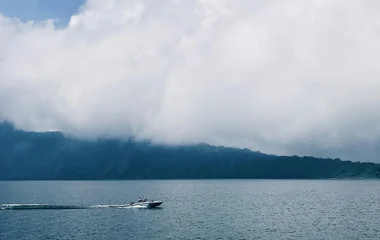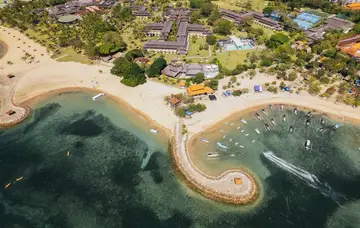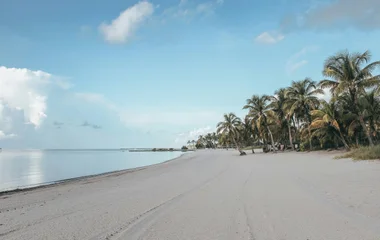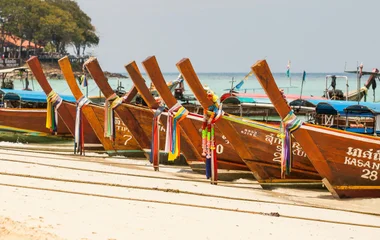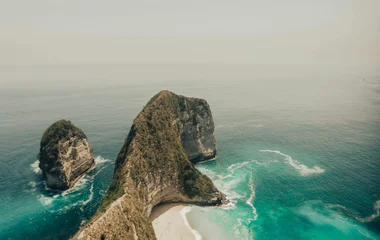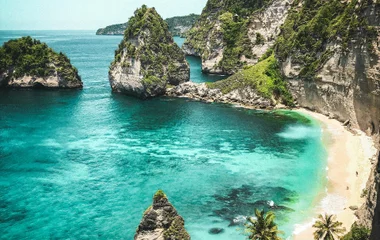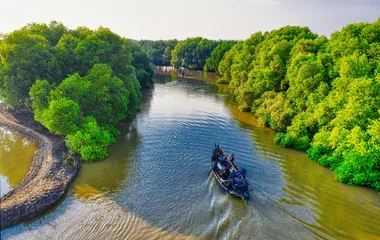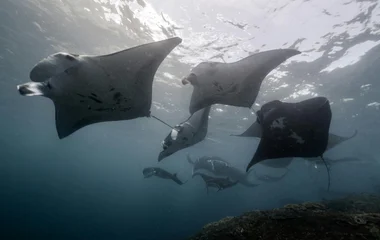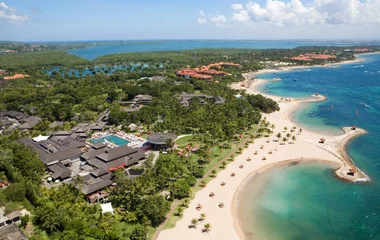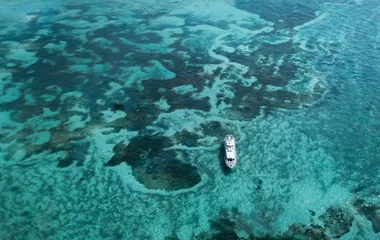
What to Know about Nusa Lembongan
Nusa Lembongan spans approximately eight square kilometres and is part of a trio of neighbouring islands, alongside the larger Nusa Penida and the smaller Nusa Ceningan. These islands are separated from Bali by the Badung Strait. Compared to the bustling pace of South Bali, Nusa Lembongan may feel refreshingly tranquil to some visitors.
The island boasts numerous excellent spots for diving and snorkelling, showcasing abundant marine life and thriving coral reefs. While surfing spots can be popular and lively, the waves are consistently good. Away from the main hubs, several secluded white sand beaches offer serene escapes with minimal crowds.
Nusa Lembongan is also famous for its flourishing seaweed farming industry, providing visitors with a fascinating opportunity to delve into local culture and practices.
Climate-wise, Nusa Lembongan mirrors its neighbouring Bali, but it tends to be noticeably drier, especially from May to September. The peak of the rainy season in January and February is typically the time to steer clear.
In terms of culture, the local Lembonganese practice Hinduism, much like their counterparts on Bali’s mainland. Visitors will find little to no difference in cultural practices.
